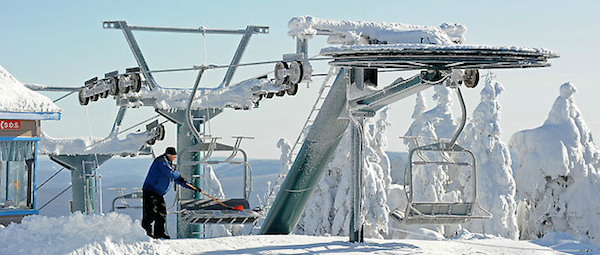
Early intermediates will enjoy the smooth, wide, open runs with no sudden surprises, which allow you to explore each face of the mountain. Intermediate to advanced skiers who are looking to push themselves to the next level will also find plenty of accessible challenges. However, the one type of skier who will be disappointed is the mileage-hungry, advanced intermediate cruiser who is not really looking to push their skiing ability and who rather wants to cover as much ground as possible going from one valley to the next.
Terrain for advanced skiers and snowboarders
Tremblant has plenty of gnarly runs to test advanced skiers over the course of a week, such as the CBC – a steep, narrow trail through the woods, and the Vertige and Zig-zag runs, which are just plain steep and often icy. But those looking for the most serious challenges should try the ‘glade’ runs straight though the trees on the Edge face.
Although the east coast may not get the copious amounts of snow of the West, what it does have is deciduous trees – the ones that lose their leaves in the winter creating the spectacular autumn colours. And once the first snows come this makes for spectacular ‘glade’ skiing – skiing straight through nicely spaced trees – which you can’t always find in the coniferous forests of the Rockies. This of course carries risks, which are partly mitigated by wearing a helmet. But if piste-skiing is a bit too tame for you and you want the full experience of skiing as nature intended, then Tremblant’s 32.3 hectares of glades have got your name on them.
Tremblant claims to have three snow parks to test park junkies, but in practice all bar one are at the top of north side, where there is also a 130m-long half-pipe. So really it would be better count as one, with one much smaller one halfway down the south side. You can get a good overhead view of the action from the Lowel Thomas chair-lift.
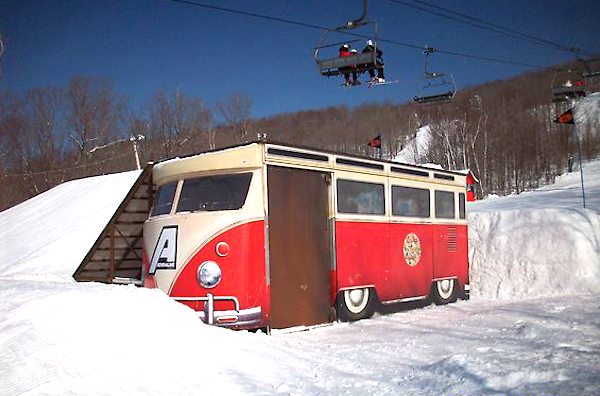
This being North America, there are no drag-lifts
Tremblant is a joy for beginner and early intermediate snowboarders as you can do every green run without ever having to unbuckle, no matter how slowly you travel, with just one exception – the crossroads where the Mi-chemin turns into the Biere-en-bas. All are smooth, wide, open runs with no sudden surprises and best of all allow you to explore each face of the mountain.
While early intermediate snowboarders will enjoy not having to unbuckle on the green runs, advanced intermediates will enjoy some of the steeper blue runs which funnel down the three faces of the mountain. The black-diamond runs and double-black-diamonds offer good pitches, but some near the top, such as the Vertige and Zig-zag, can get very icy. If you’re crossing the Atlantic you might want to head further west if it’s powder you’re after. You almost certainly want to opt for the extra three hours’ flying time west, not only to raise your odds of fresh powder, but to find chutes and bowls. Unless you hit it lucky with the weather, the attraction of the glades is likely to be low.

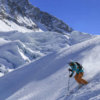
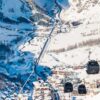
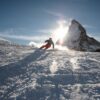
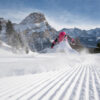
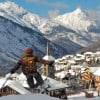
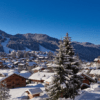
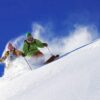
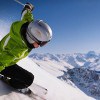
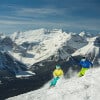
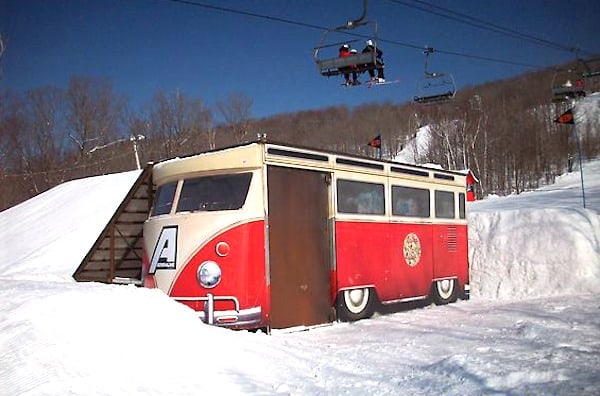


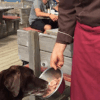


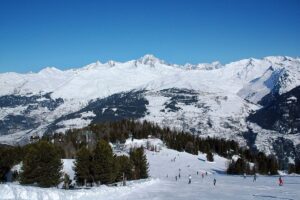
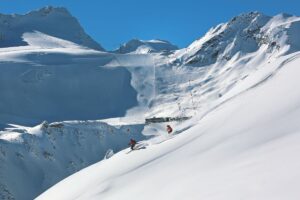

Add Comment